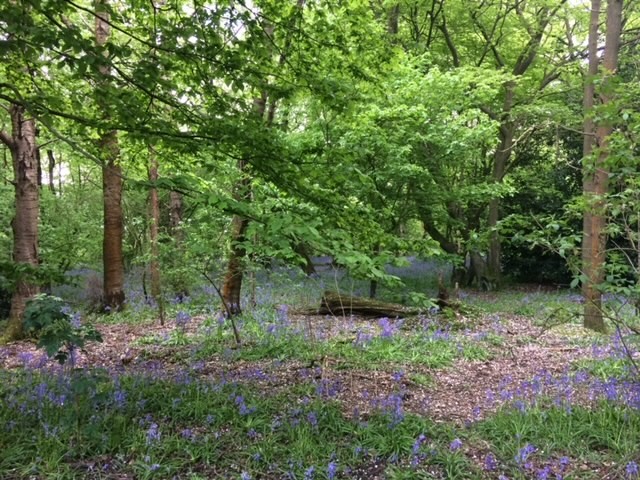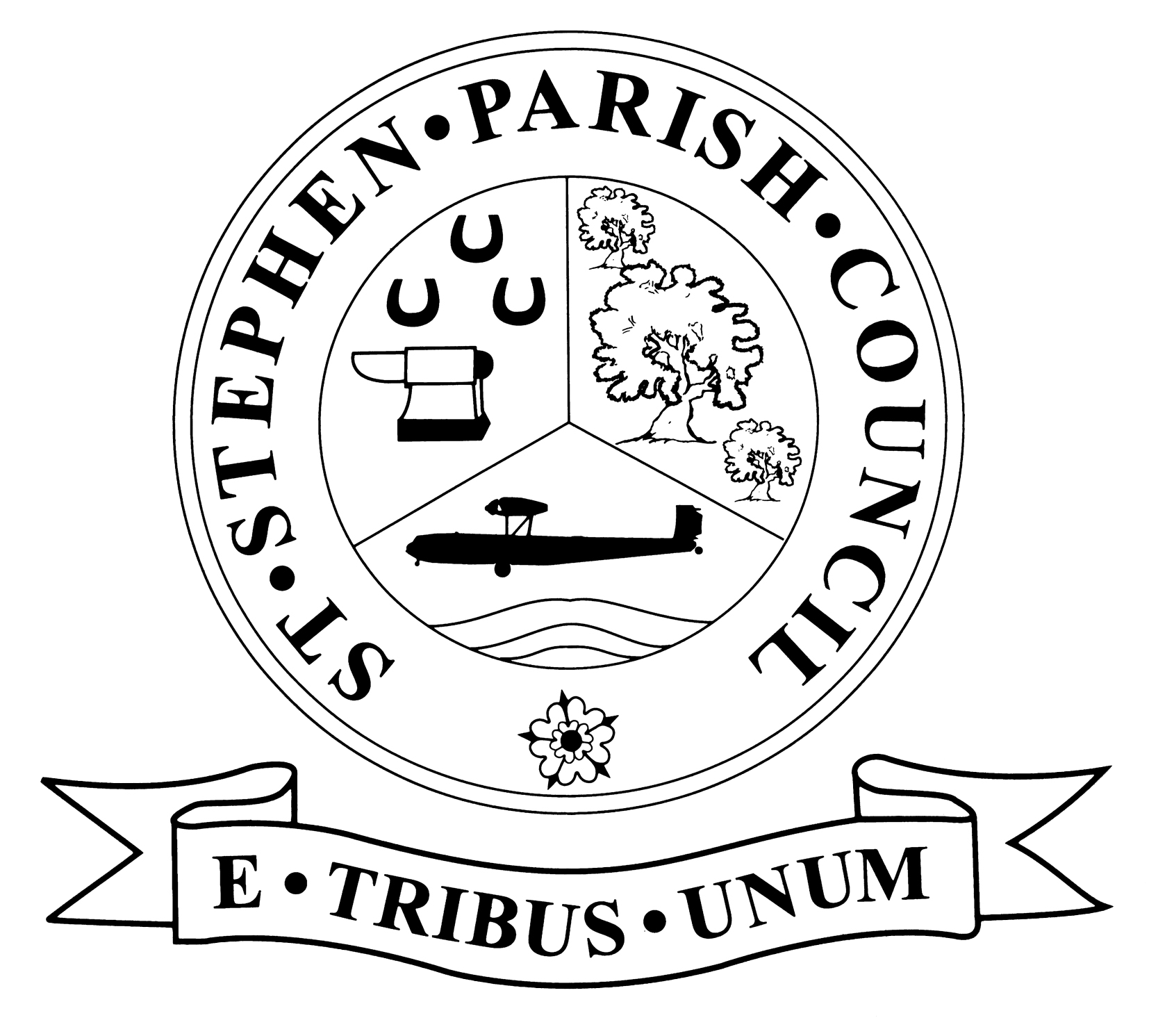Woodlands

St Stephen Parish Council has recently commissioned a 10 year Woodland Management Plan for our three woodlands -St Julian’s Wood in Greenwood Park, Black Green Wood in Bricket Wood and Park Street Embankment in Park Street Recreation Ground.
The plan is to help us conserve, manage and maintain our woodlands. To read our woodland plan click here
To read our Summer Fete Woodland display click here
Blackgreen Wood
Blackgreen Wood has been under parish council ownership since 2006. Covering 6.2ha, it is an ancient semi-natural woodland, designated Local Wildlife Site and is covered by a Tree Protection Order. The wood has open public access with public and permissive footpaths. Once part of a much more extensive woodland which covered hundreds of acres; it is now an important greenspace surrounded by residential areas, roads and the M25 motorway.
The wood is dominated by sessile oak standards alongside pedunculate oak, ash, wild cherry and hornbeam coppice mixed with hazel. Over the past fifteen years, the overstorey has been thinned and the coppice progressively brought back into rotation over approximately one third of the woodland, after decades of no management. However, areas of over mature coppice and dense overstorey still remain.
One of the significant challenges facing Blackgreen Wood is the extensive cover of thick and tall holly, which suppresses the coppice species and ground flora. Controlling the holly is the primary objective of the woodland plan for this year. Other invasive species, rhododendron, laurel, variegated archangel are also found scattered in the woodland and require ongoing management.
Ancient woodland flora, historic wood banks and old coppice stools can be found throughout adding to the woodlands’ s rich natural character.
St Julian’s Wood
St Julian’s Wood is 2.5ha ancient semi-natural woodland designated as a Local Wildlife Site within Greenwood Park. The wood is crisscrossed by permissive footpaths, inviting visitors to explore and enjoy spending time in the wood.
The overstorey is dominated by pedunculate oak, beech, ash and wild cherry. The hornbeam and hazel coppice makes up most of the understorey, alongside elder, holly, field maple and hawthorn. In spring the woodland floor is covered with bluebells.
In the past twenty years, limited areas of overstorey and coppice have been managed. Much of the woodland is still quite dense and mostly managed to keep it safe for the public, with over mature coppice and a simplified structure. Heavy laurel control has been carried out in the past but this invasive species can still be found scattered in the woodland. Holly, though less frequent may be of concern in years to come.
St Julian’s wood is rich in natural and historical features. Ancient woodland flora, historic wood banks, an ancient holloway, veteran trees and old boundary coppice stools can be found throughout the woodland offering glimpses into the past. An important marl pit, located at the northern tip adds to the woodland’s unique character.
Park Street Embankment
Park Street Embankment is an approximately 250m long stretch of embankment and a small, wooded area at the far end of Park Street Rec. This embankment was once part of the Midland Railway Park Street branch, connecting the Abbey Line railway at its south eastern end to the A5183 at its north eastern end. Originally used in the 1860s for transporting building materials during the construction of the Midland Main Line, the branch ceased operations between 1883 and 1898.
Rising several metres above the surrounding residential areas and playground, the embankment is intersected by a public footpath and an intermittent footpath runs along the top. Now owned by St Albans City and District Council, with management by St Stephen Parish Council, most of the wood is located within Park Street and Frogmore Conservation Area.
Over the years, the embankment has become densely covered with large hawthorns, along with scattered holly, yew, wild cherry and mature oaks, especially in its western part. It is likely that the current vegetation results from the progressive natural colonisation of the embankment following closure of the railway line. The ground flora, however, remains rather scarce.
As part of our woodland management plan we are undertaking essential safety work and felling trees affected by ash dieback in Park Street Rec. Following this, in early 2025, we will prepare the site by creating a stumpery and replanting a more extensive area with site-suited native species. Replanting will be a substantial task and we invite the local community to join us in this important conservation project. Your participation will help restore and enhance this unique urban woodland for future generations. For details contact amanda@ststephen-pc.gov.uk
